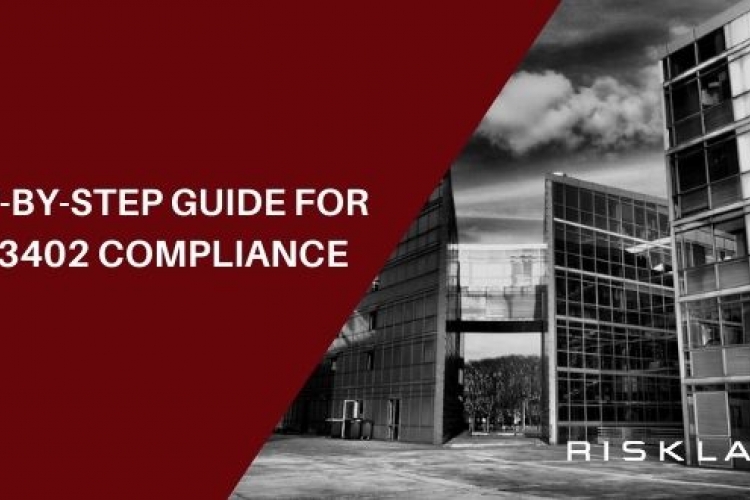ISAE | SOC instead of security questionnaires
It is common for organizations to fill out security questionnaires for their customers. This often happens in periods (annually or semi-annually). Completing these questionnaires often takes a lot of time and effort. However, the customer wants to be sure that their data is not misused. It can cause frustration among (compliance) employees.
More and more organizations are outsourcing IT or other processes. This outsourcing provides efficiency, but also entails risks. Is information security well organized? How is privacy handled? The ISAE 3402 | SOC 1 standard is the standard for reliable outsourcing and provides an answer to this. This standard guarantees that aspects such as risk management, information security, privacy, anti-fraud measures, and continuity are controlled. An ISAE 3402 | SOC 1 reporting describes how risks are managed. A service auditor then checks whether this actually happens. This standard resolves the annual questionnaires and ensures that cyber security can be dealt with more efficiently.
ISAE 3402 | SOC 1 is an international standard recognized by accountants. In most organizations, an implementation process ensures professionalization and improvement of risk management. Customers also experience this, which means that they see your organization as a professional organization that manages risks.
- Internationally recognized
- Improving risk management
- Fewer audits by accountants
- 'In control' appearance to customers
- Supports with professionalization
Why SOC for Cybersecurity?
Identify security risks
The process of identifying, assessing, and managing risks is a critical component of the internal control system. Conducting a cybersecurity risk analysis ensures that risks are identified in a timely manner. Cybersecurity objectives must be defined before management can identify potential events affecting their achievement.
Identified risks are periodically assessed, in relation to cybersecurity objectives, to implement appropriate measures to monitor and manage risks. Risk mitigation plans are prepared based on the identified risks and risk action plan.
Prevent data breaches
Data breaches are the order of the day. This often implies that confidential and sensitive information ends up with unauthorized individuals. This can happen through hacking, for example, because security patches are not updated in time, but also due to human errors.
Provide trust to clients
Organizations are increasingly outsourcing business processes. While the user organization is ultimately responsible for preparing a diligent risk management framework, cybersecurity risks often reside with the organizations that provide outsourcing services.
By providing clients with a SOC for Cybersecurity statement, trust and transparency are provided to clients that cybersecurity risks are identified and handled appropriately. The assurance statement provides insight into the actual performance of the cybersecurity framework







